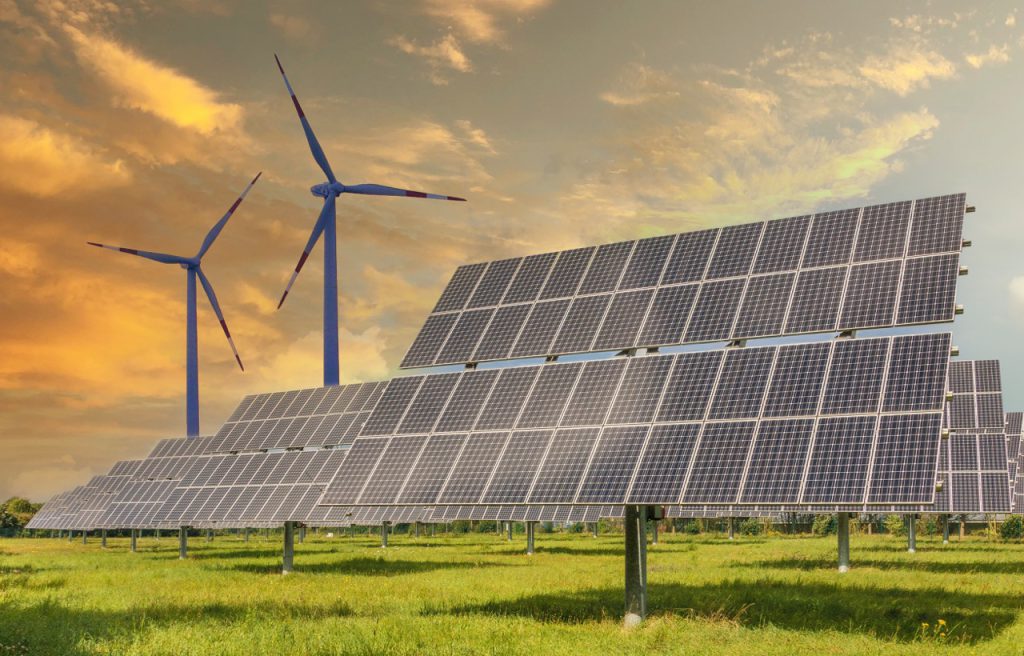Is there a secret to longevity? This health expert says 1,000% yes
In the era of social media, post-COVID, and with mental health at the forefront, a shift is taking […]

Advancements in technology have resulted in the growth of wind turbines, which are revolutionising the way we harvest wind power by increasing efficiency and sustainability.
Gone are the days of the simple windmill whirling peacefully in the breeze. Modern wind turbines are towering monsters, soaring for the sky with amazing size. So, how tall are the new wind turbines?
The ascension of wind turbines
Wind turbines have evolved significantly since their inception, with the latest generation reaching heights of 60-120 meters. These towering structures, with rotor diameters spanning a football field, capture higher altitude winds, resulting in greater electricity generation.
The latest models of wind turbines are towering structures, with some reaching heights exceeding 200 meters. The V236-15.0 MW is currently the world’s tallest wind turbine.
It has a rotor diameter of 774 feet (236 meters) and a wind-swept area of 470,845 square feet (43,743 square meters). It features 379-foot (115.5-meter) blades. And at 919 feet which is equivalent to 280 meters.
According to Electrek, “The world’s most powerful wind turbine has been selected for New York’s Empire Wind 1 and Empire Wind 2 offshore wind projects, which are expected to deliver power in the mid-2020s, and New Jersey’s Atlantic Shores, which is expected to come online in 2027.”
The trend towards taller turbines is driven by the desire for increased energy output, as they can tap into faster and more consistent winds, enhancing their efficiency and capturing more wind energy.
For instance, taller turbines can greatly increase the capacity of a given area. An NREL study revealed that increasing the hub height of 3 MW and 5 MW turbines boosted capacity by 10%. Taller turbines can increase the value of an area with poor wind potential.
Engineering challenges and innovations
Building tall wind turbines poses various engineering issues, including structural integrity, transportation, and installation logistics. Stability is essential, Science Direct explains, particularly in strong winds and harsh weather. Towers are reinforced using advanced materials and design techniques. Specialised equipment is required for transport and installation. Despite the challenges, advances in transportation and installation methods make tall turbine deployment increasingly viable.
Implications for the energy landscape
Tall wind turbines are enhancing wind power efficiency and transitioning to renewable energy. They harness stronger, more consistent winds at higher altitudes, expanding wind energy generation capacity and reducing fossil fuel reliance. The growing prevalence opens new opportunities for renewable energy development in untapped regions like offshore environments and remote coastal areas.
Tall wind turbines are a great feat of engineering and invention. By reaching unprecedented heights, these towering buildings open up new opportunities for wind energy generation, paving the path for a more sustainable future. As we continue to harness the force of the wind, the possibilities for the future are endless.

In the era of social media, post-COVID, and with mental health at the forefront, a shift is taking […]

With its fast speeds and revolutionary potential, 5G stands out as a noteworthy milestone in the field of […]